Exploration of Collaborative Optimization Strategy for Oxygen Production System and Interior Environment Control of Railway Locomotives
DOI: 10.23977/jeeem.2025.080110 | Downloads: 15 | Views: 1081
Author(s)
Jun Yang 1
Affiliation(s)
1 School of Intelligent Manufacturing, Wuhan Railway Vocational College of Technology, Wuhan, 430205, China
Corresponding Author
Jun YangABSTRACT
With the increasing requirements of passenger comfort, safety and energy efficiency in railway transportation, the existing in-car environment control and oxygen production systems still have problems such as response lag, low energy efficiency and poor robustness in terms of multi-objective coordination, dynamic response capability and energy consumption control. To this end, this paper introduces the fusion technology of artificial intelligence and the Internet of Things to construct a collaborative optimization strategy based on the Model Predictive Control (MPC) framework to improve the comprehensive performance of the locomotive oxygen production system and the in-car temperature, humidity and air quality control. Specific methods include: building a multi-source sensor network to achieve real-time perception and data fusion of multiple parameters such as oxygen concentration, CO₂ level, temperature and humidity, using AI models to predict environmental conditions, and achieving coordinated control of oxygen concentration, temperature and humidity, and ventilation intensity based on MPC optimization objective functions. The experimental results in typical operation scenarios show that, in contrast, under the PID control strategy, the changes in oxygen concentration and temperature are large and exceed the limit. For example, at 180 seconds, the oxygen concentration dropped to 20.5% and the temperature is 22.9°C, both exceeding the set safety range. This paper provides theoretical support and technical paths for the low-carbon and intelligent operation of the intelligent locomotive environmental system.
KEYWORDS
Model Predictive Control; In-Vehicle Environment Control; Oxygen Production System; Multi-Source Sensing; Collaborative OptimizationCITE THIS PAPER
Jun Yang, Exploration of Collaborative Optimization Strategy for Oxygen Production System and Interior Environment Control of Railway Locomotives. Journal of Electrotechnology, Electrical Engineering and Management (2025) Vol. 8: 73-83. DOI: http://dx.doi.org/10.23977/jeeem.2025.080110.
REFERENCES
[1] Hongfeng Q I, Ai G U O, Chao C, et al. Airflow control in fuel cell for vehicles based on stack allowable current[J]. Electric Drive for Locomotives, 2024 (3): 125-129.
[2] Balabayev O, Askarov B, Bulatov N, et al. Development of exhaust gas insulation system for quarry diesel locomotives[J]. Mechanics Based Design of Structures and Machines, 2025, 53(4): 2696-2718.
[3] Wang J, Zafar M Q, Chen Y, et al. Numerical simulation and mechanism analysis of thermal fatigue crack for low-alloy steel brake disc of high-speed train[J]. International Journal of Rail Transportation, 2024, 12(5): 944-957.
[4] Chen C, Zheng Q, Yang L. Adaptive iterative learning control of internal temperature for high-speed trains[J]. Journal of Mechanical Science and Technology, 2024, 38(1): 463-473.
[5 ]Foltz H, Tarawneh C, Amaro M, et al. Thermoelectric energy harvesting for wireless onboard rail condition monitoring[J]. International Journal of Rail Transportation, 2024, 12(3): 514-531.
[6] Chandra S, Bricknell L, Makiela S, et al. Odour and indoor air quality hazards in railway cars: an Australian mixed methods case study[J]. Journal of Environmental Health Science and Engineering, 2024, 22(2): 503-517.
[7] Lotfi A, Virk M S. Railway operations in icing conditions: a review of issues and mitigation methods[J]. Public Transport, 2023, 15(3): 747-765.
[8] Panchenko S, Gerlici J, Vatulia G, et al. Studying the load of composite brake pads under high-temperature impact from the rolling surface of wheels[J]. EUREKA: Physics and Engineering, 2023 (4): 155-167.
[9] Liu X, Li T, Wu S, et al. Effect of personalized ventilation in seat armrest on diffusion characteristics of respiratory pollutants in train carriages[J]. Journal of Applied Fluid Mechanics, 2023, 16(12): 2518-2528.
[10] Huang K, Lu S, Li X, et al. Using random forests to predict passengers' thermal comfort in underground train carriages[J]. Indoor and Built Environment, 2023, 32(2): 343-354.
[11] Folorunso M O, Lewis R, Lanigan J L. Effects of temperature and humidity on railhead friction levels[J]. Proceedings of the Institution of Mechanical Engineers, Part F: Journal of Rail and Rapid Transit, 2023, 237(8): 1009-1024.
| Downloads: | 5503 |
|---|---|
| Visits: | 288467 |
Sponsors, Associates, and Links
-
Power Systems Computation
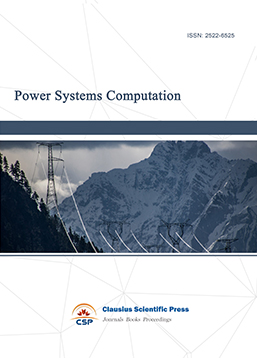
-
Internet of Things (IoT) and Engineering Applications
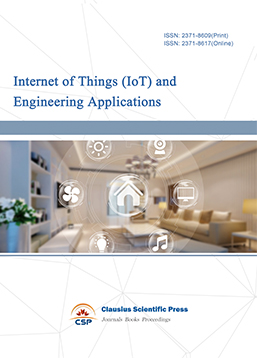
-
Computing, Performance and Communication Systems
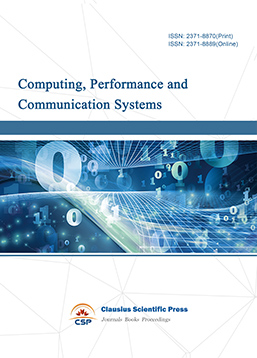
-
Journal of Artificial Intelligence Practice

-
Advances in Computer, Signals and Systems
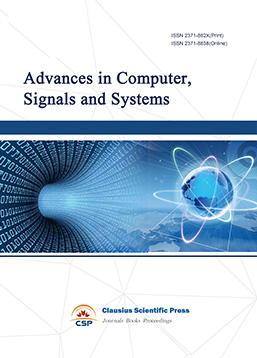
-
Journal of Network Computing and Applications
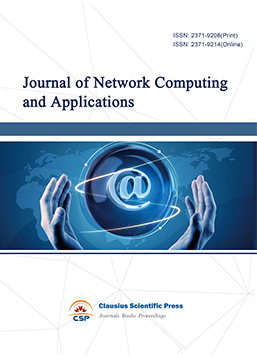
-
Journal of Web Systems and Applications
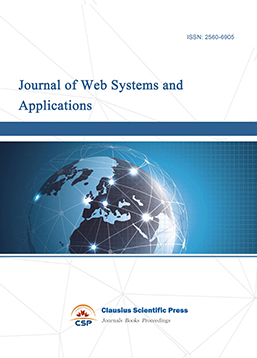
-
Journal of Wireless Sensors and Sensor Networks
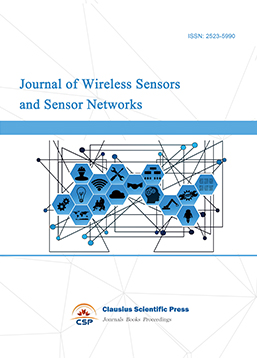
-
Journal of Image Processing Theory and Applications
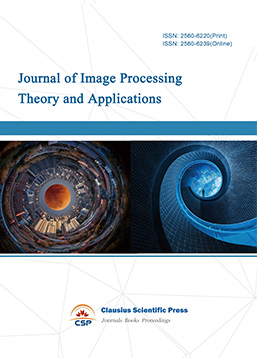
-
Mobile Computing and Networking
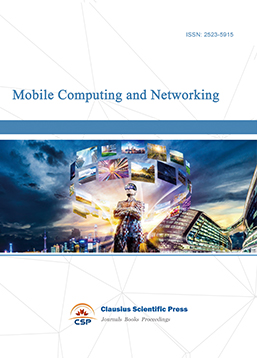
-
Vehicle Power and Propulsion
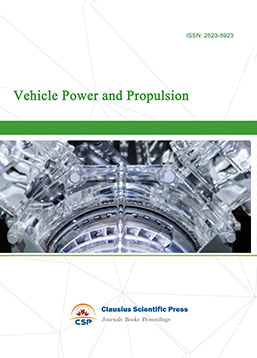
-
Frontiers in Computer Vision and Pattern Recognition
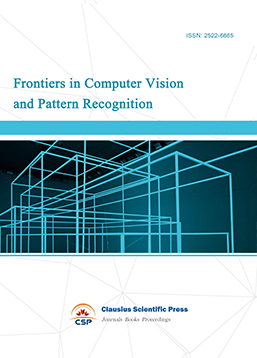
-
Knowledge Discovery and Data Mining Letters
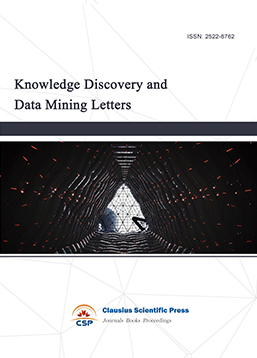
-
Big Data Analysis and Cloud Computing
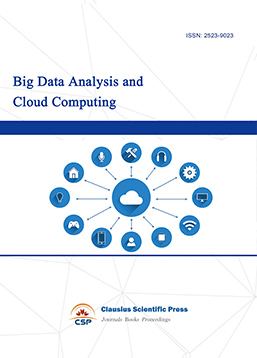
-
Electrical Insulation and Dielectrics
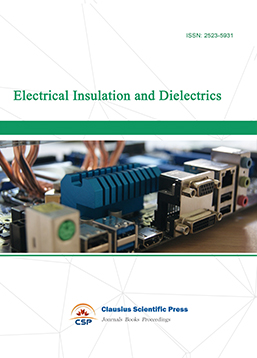
-
Crypto and Information Security
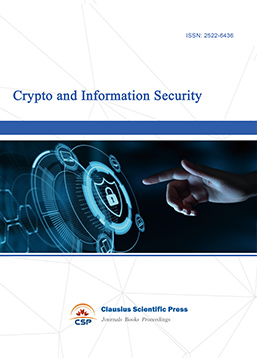
-
Journal of Neural Information Processing
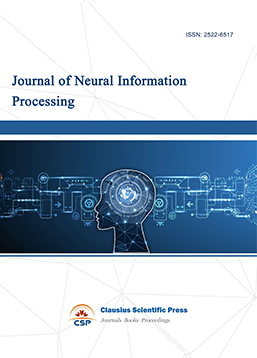
-
Collaborative and Social Computing
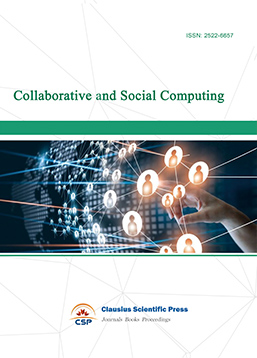
-
International Journal of Network and Communication Technology
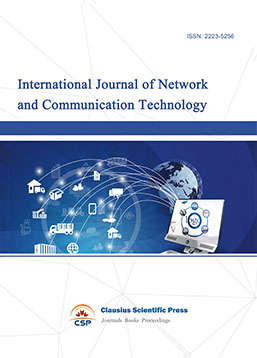
-
File and Storage Technologies
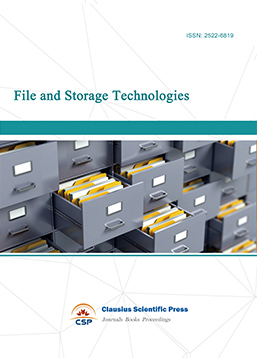
-
Frontiers in Genetic and Evolutionary Computation
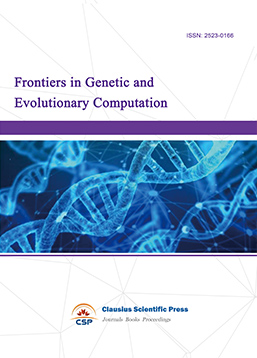
-
Optical Network Design and Modeling
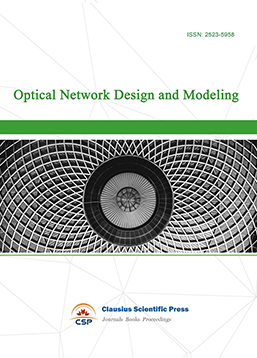
-
Journal of Virtual Reality and Artificial Intelligence
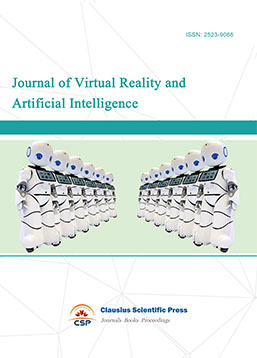
-
Natural Language Processing and Speech Recognition
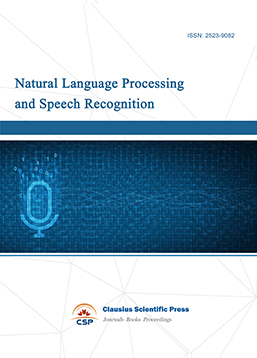
-
Journal of High-Voltage
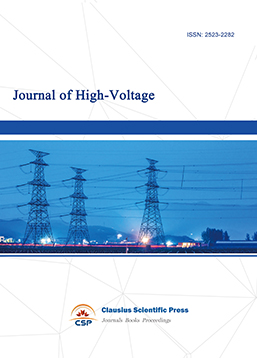
-
Programming Languages and Operating Systems
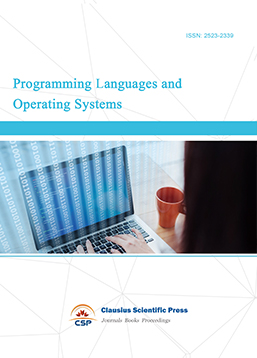
-
Visual Communications and Image Processing
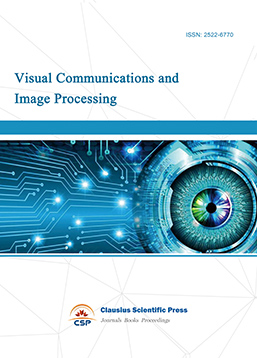
-
Journal of Systems Analysis and Integration
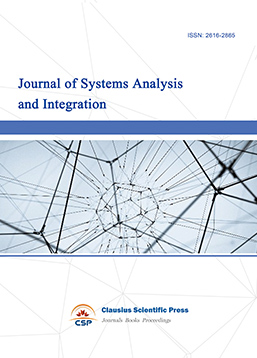
-
Knowledge Representation and Automated Reasoning
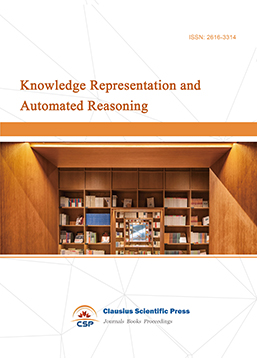
-
Review of Information Display Techniques
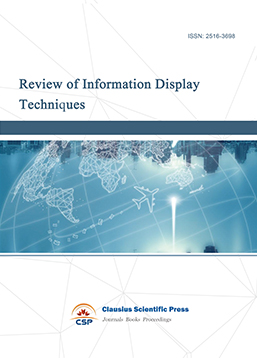
-
Data and Knowledge Engineering
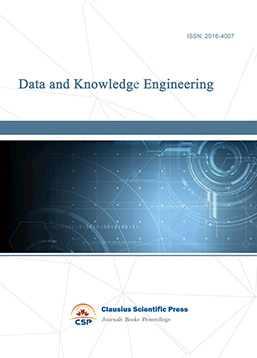
-
Journal of Database Systems
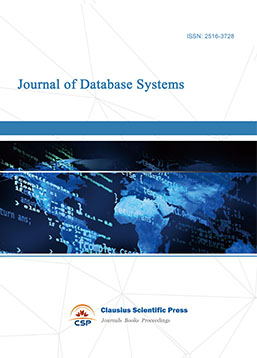
-
Journal of Cluster and Grid Computing

-
Cloud and Service-Oriented Computing
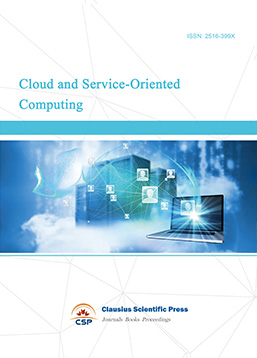
-
Journal of Networking, Architecture and Storage
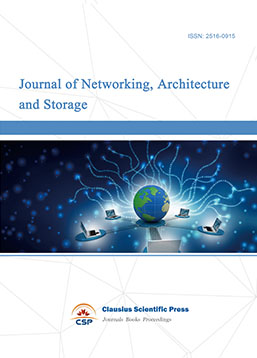
-
Journal of Software Engineering and Metrics
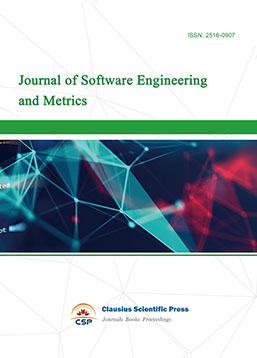
-
Visualization Techniques
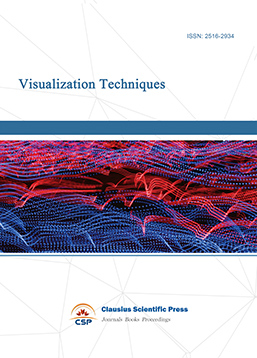
-
Journal of Parallel and Distributed Processing
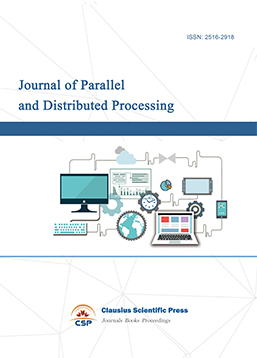
-
Journal of Modeling, Analysis and Simulation
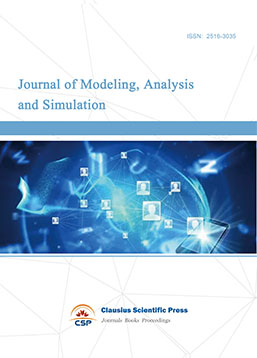
-
Journal of Privacy, Trust and Security
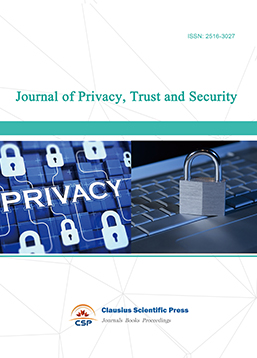
-
Journal of Cognitive Informatics and Cognitive Computing
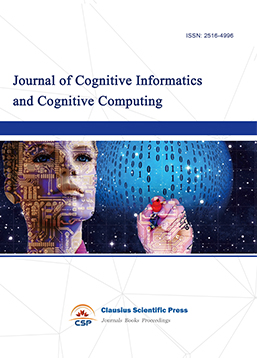
-
Lecture Notes on Wireless Networks and Communications
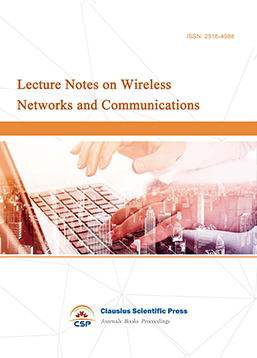
-
International Journal of Computer and Communications Security
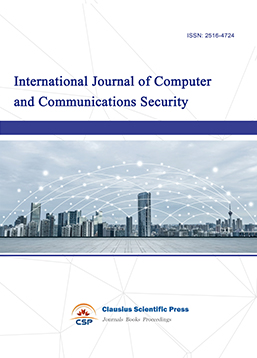
-
Journal of Multimedia Techniques

-
Automation and Machine Learning
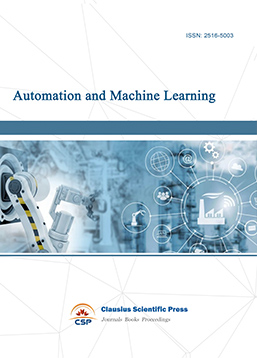
-
Computational Linguistics Letters
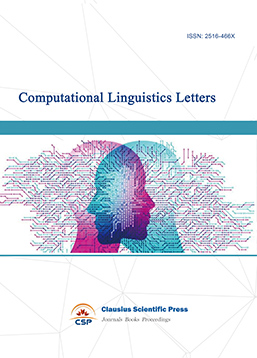
-
Journal of Computer Architecture and Design
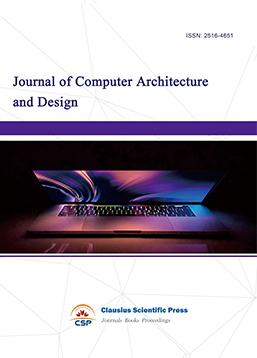
-
Journal of Ubiquitous and Future Networks
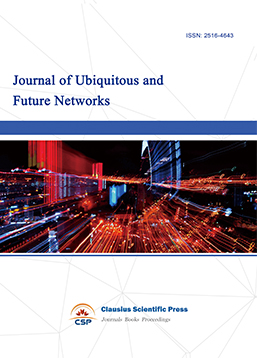

 Download as PDF
Download as PDF